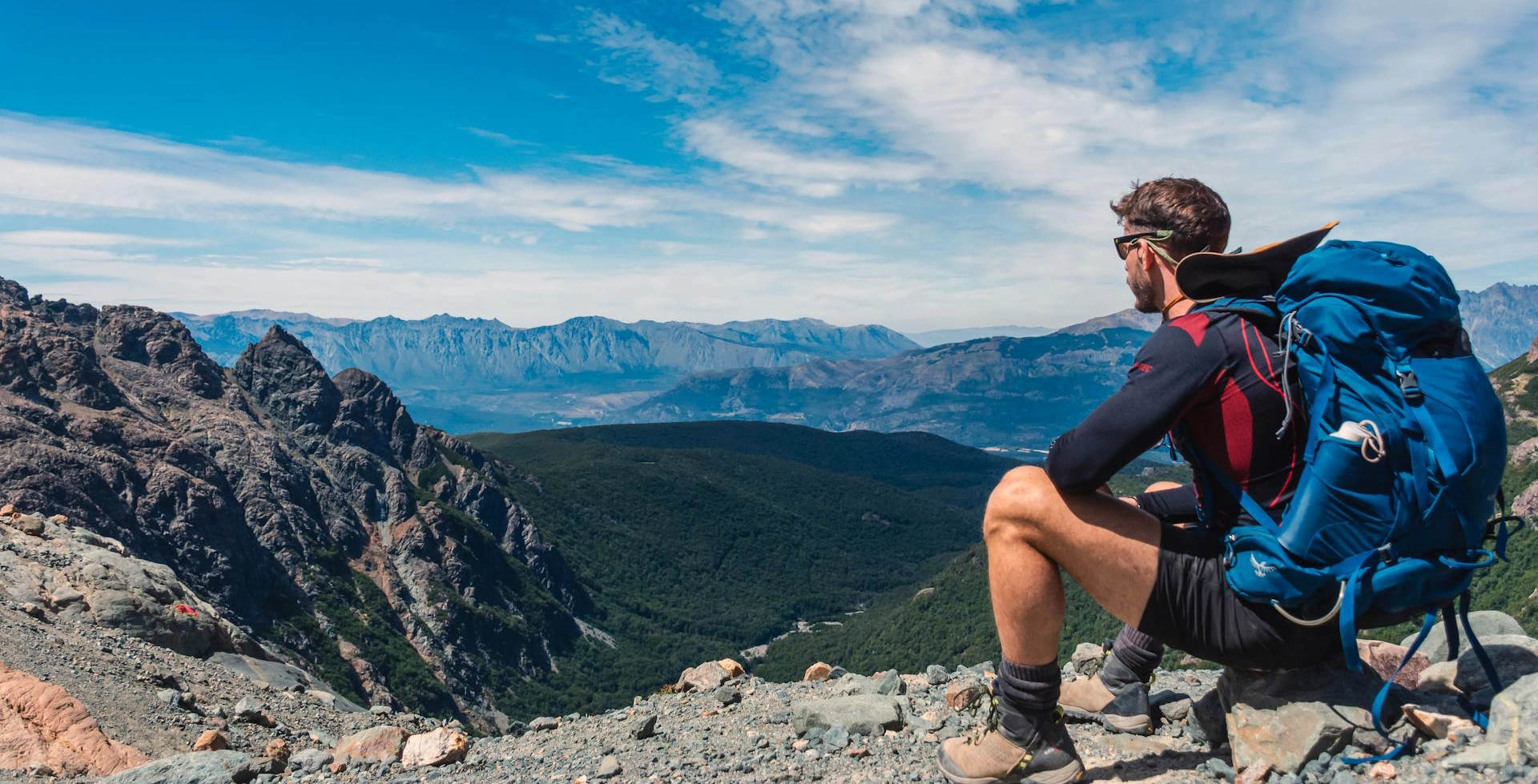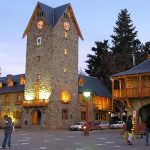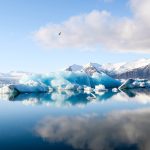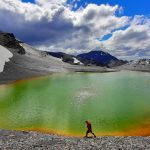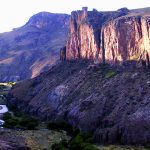Welcome to the ultimate guide to hiking in Patagonia! Nestled at the southern tip of South America, Patagonia spans both Chile and Argentina, offering some of the most breathtaking landscapes on the planet. Whether you’re an experienced trekker or a curious beginner, this guide will help you navigate everything you need to know for an unforgettable adventure.
Why Patagonia?
Patagonia is renowned for its dramatic scenery of towering mountains, expansive glaciers, crystalline lakes, and vast plains. Why is it such a magnet for hikers and nature enthusiasts?
- Diverse Landscapes: Where else can you find fjords, rainforests, and alpine terrain all within a short distance?
- Unique Wildlife: Keep an eye out for guanacos, Andean condors, and the elusive puma.
- Historic Trails: Patagonia offers iconic routes like the W Circuit and the O Circuit in Torres del Paine, which have been trekked by explorers and adventurers for generations.
When to Go
Picking the right time for your Patagonia hike is crucial to making the most of your trip. The region experiences varying weather patterns, so consider the following:
- High Season (December to February): The summer months offer the warmest weather and longest daylight hours. Expect more crowds and higher prices, but the payoff is fantastic weather for trekking.
- Shoulder Season (September-November and March-April): The best balance of good weather and fewer tourists. Trails are less crowded, accommodations are more available, and nature is in full bloom or transitioning into fall colors.
- Low Season (May to August): Winter is quieter, but many trails and services are closed or limited. This is the time for those seeking solitude and challenging winter conditions.
Essential Gear
Proper gear can make or break your Patagonia adventure. Here’s what you’ll need:
- Clothing: Layering is key. Pack moisture-wicking base layers, insulating mid-layers, and a waterproof outer shell. Don’t forget a warm hat, gloves, and sturdy hiking boots.
- Backpack: A comfortable backpack with a capacity of 40-70 liters should suffice for most multi-day hikes.
- Sleeping Gear: A four-season sleeping bag, insulated sleeping pad, and lightweight tent are essentials, especially for backcountry camping.
- Navigation: Carry a detailed map, a compass, and preferably a GPS device. Trails can be rugged and irregularly marked.
- Miscellaneous: Sunscreen, insect repellent, a first aid kit, water filtration system, and trekking poles can also be invaluable.
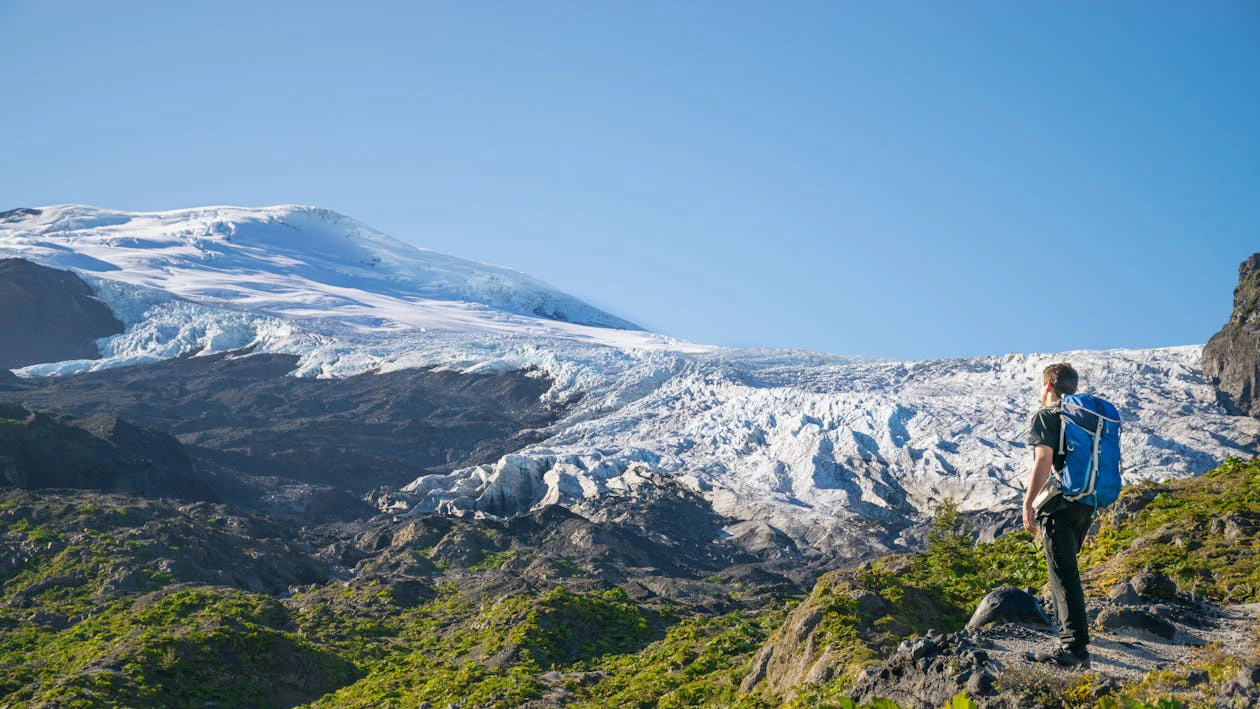
Top Trails to Explore
Patagonia is a hiker’s paradise, but certain trails stand out as must-do routes:
- W Circuit (Torres del Paine, Chile): This 4-5 day trek covers the most scenic sections of Torres del Paine National Park, including the iconic towers, the French Valley, and Glacier Grey.
- O Circuit (Torres del Paine, Chile): A longer and more challenging trail, the O Circuit takes 8-10 days and loops around the entire park. It offers more solitude and equally stunning views.
- Fitz Roy Trek (El Chaltén, Argentina): A moderate hike to the base of Mount Fitz Roy and Laguna de los Tres, offering panoramic views of one of the most legendary peaks in the Andes.
- Huemul Circuit (El Chaltén, Argentina): A 4-day trek for seasoned hikers, featuring glaciers, mountain passes, and views of the Southern Patagonian Ice Field.
- Carretera Austral (Chile): While not a traditional hike, this route offers numerous shorter hikes along its path, which stretches through the Chilean Patagonia.
Permits and Regulations
Each national park in Patagonia has its own regulations and requirements. Here are a few general guidelines:
- Torres del Paine: Advance booking for campsites and refugios is mandatory. The CONAF website offers information on permits and reservations.
- Los Glaciares National Park: No entrance fee is required, but it’s important to register with the rangers at trailheads. Read more
- Yendegaia National Park: Entrance is free, but ensure you’re prepared for a lack of infrastructure and challenging conditions.
Fitness and Training
Patagonia’s trails can be demanding. To ensure you enjoy your hike, preparation is key:
- Cardio Training: Improve your cardiovascular endurance with activities like running, cycling, and swimming.
- Strength Training: Focus on leg and core exercises to handle the rigors of hiking with a loaded pack. Squats, lunges, and planks can be particularly beneficial.
- Practice Hikes: Simulate trail conditions by doing practice hikes with a fully-loaded backpack. This will help you adjust to the weight and identify any gear issues.
Making the Most of Your Hike
Here are some tips to enhance your Patagonia hiking experience:
- Respect Nature: Adhere to Leave No Trace principles. Pack out all trash, stay on designated trails, and avoid disturbing wildlife.
- Acclimatize: Spend a few days acclimatizing to the altitude and environment before embarking on strenuous hikes.
- Stay Hydrated: Carry enough water and a filtration system. Water sources are abundant but should always be treated.
- Be Weather-Wise: Weather in Patagonia is unpredictable. Always have a plan for sudden changes, including seeking shelter if necessary.
Conclusion
Hiking in Patagonia is a dream come true for outdoor enthusiasts and offers an unparalleled experience of natural beauty. With proper planning, the right gear, and a respect for the environment, you can make your Patagonia journey truly unforgettable. Happy hiking!

